Exploring the Versatility of 40ft Containers in Modern Logistics Solutions
The logistics industry has experienced remarkable transformations in recent years, driven by technological advancements and evolving consumer demands. Among the critical elements facilitating these changes are 40ft containers, which have become synonymous with flexibility and efficiency in shipping and storage solutions. According to a 2021 report from the International Maritime Organization, container shipping accounted for about 60% of the global trade volume, with 40ft containers representing a significant proportion of this market due to their optimal capacity and versatility. These containers not only accommodate a wide range of goods—from perishables to machinery—but also support eco-friendly practices by minimizing carbon footprints through efficient space utilization aboard vessels. As logistics providers increasingly pivot towards integrated solutions, the role of 40ft containers in enhancing supply chain efficacy and reducing operational costs has never been more prominent, establishing them as indispensable assets in modern logistics strategies.
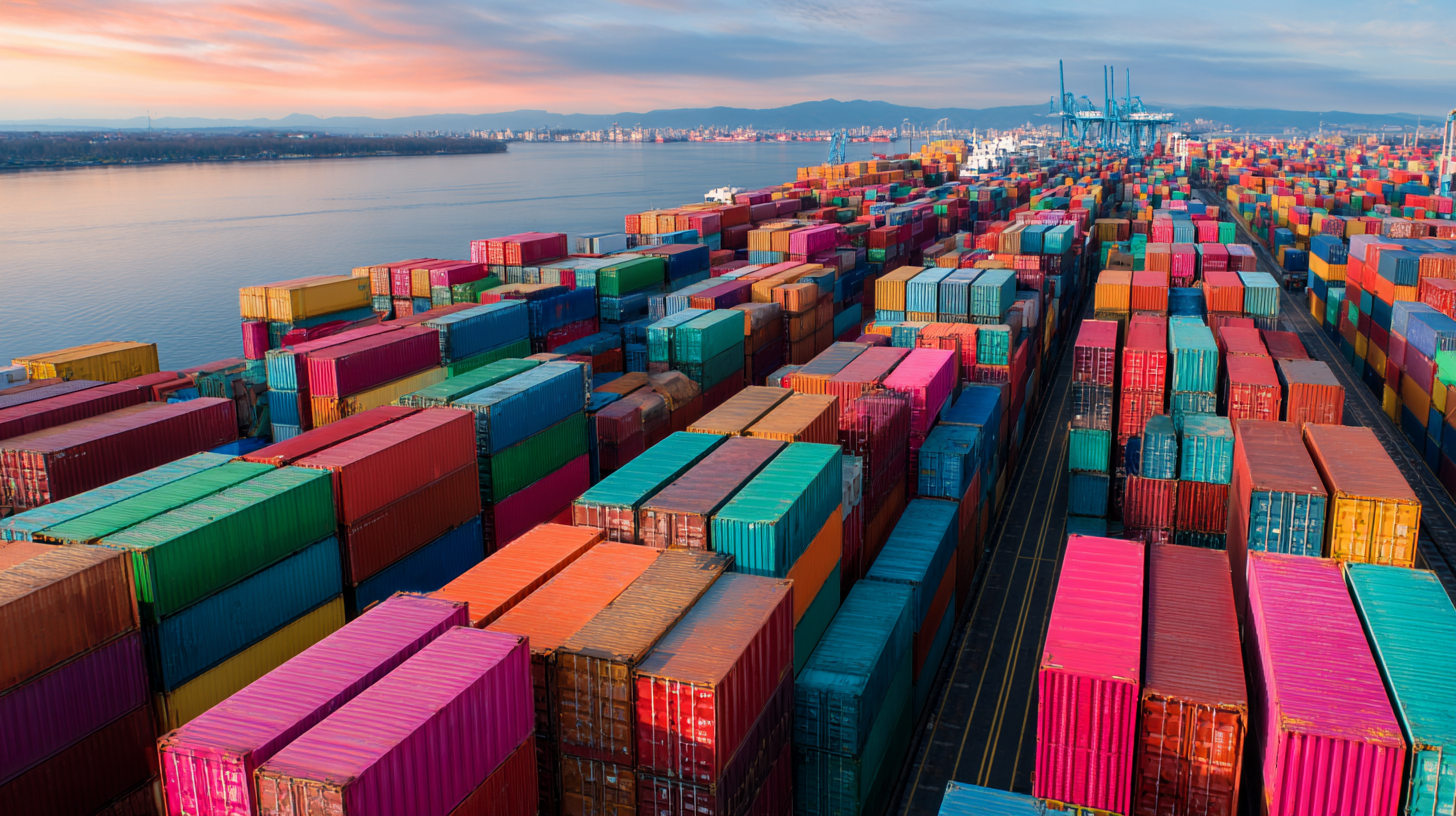
The Evolution of 40ft Containers in Global Trade Practices
The landscape of global trade has undergone significant transformations over the decades, largely driven by the evolution of shipping containers, particularly the versatile 40ft container. Initially introduced in the mid-20th century, these containers revolutionized the transport of goods by standardizing dimensions, which immensely simplified loading and unloading processes. The 40ft container quickly became a cornerstone of shipping practices, allowing for greater flexibility in transporting various types of cargo across diverse modes of transport, including ships, trucks, and trains.
As trade networks expanded, so did the applications of the 40ft container. It has not only enhanced logistics efficiency but has also adapted to new demands and challenges presented by global commerce. Today, these containers are equipped with advanced technology to monitor conditions such as temperature and humidity, ensuring the integrity of sensitive goods. Furthermore, the containers are increasingly being repurposed for innovative uses beyond traditional shipping, from mobile offices to temporary housing, showcasing their versatility in an ever-evolving market. This adaptability underscores the integral role that 40ft containers play in modern logistics solutions, reflecting a dynamic response to the complexities of global trade practices.
Exploring the Versatility of 40ft Containers in Modern Logistics Solutions
| Dimension | Volume (m³) | Weight Capacity (kg) | Common Uses | Trade Regions |
|---|---|---|---|---|
| 40ft Standard | 67.7 | 30,480 | General cargo, Machinery | Asia, Europe, North America |
| 40ft High Cube | 76.4 | 30,480 | Lightweight cargo, Export goods | Global |
| 40ft Refrigerated | 67.7 | 30,480 | Perishables, Pharmaceuticals | Asia, Europe, North America |
| 40ft Open Top | 67.7 | 30,480 | Heavy machinery, Oversized cargo | Global |
Key Advantages of 40ft Containers in Modern Supply Chains
In modern supply chains, the utilization of 40ft containers presents several key advantages that amplify operational efficiency and cost-effectiveness. According to a report by the International Council of Containers (ICC), about 90% of global trade is carried out using containerized freight, with 40ft containers being among the most commonly used due to their optimal size for various cargo types. This versatility allows businesses to transport oversized goods, bulk materials, and even heavy machinery without the need for specialized handling or equipment.

The capacity of a 40ft container, typically around 67 cubic meters, allows for efficient loading and maximum utilization of space. Research conducted by the World Shipping Council indicates that using these containers can reduce logistics costs by up to 25% when compared to traditional shipping methods.
Furthermore, modern innovations, such as IoT-enabled tracking and temperature control, enhance the 40ft container's appeal, providing real-time visibility and ensuring that sensitive goods are transported under optimal conditions. By leveraging these containers, businesses can adapt to the dynamic demands of the supply chain, ultimately leading to improved service delivery and customer satisfaction.
Innovative Uses of 40ft Containers Beyond Traditional Freight
The versatility of 40ft containers in modern logistics solutions is increasingly evident as innovative applications emerge beyond traditional freight transport. One exciting development is their use in urban vertical farming. By utilizing shipping containers as farming units, individuals and businesses can transform limited urban spaces into productive agricultural sites. This not only maximizes land use but also facilitates local food production and reduces the carbon footprint associated with transporting goods over long distances.
Additionally, the introduction of open top and open side containers has revolutionized the handling of oversized or irregular cargo. These designs allow for easy access, making loading and unloading more efficient. Moreover, the demand for customized solutions has led to innovative storage options tailored for events or compact environments, further expanding the utility of 40ft containers. As businesses continue to seek adaptable and cost-effective logistics solutions, the potential applications for containers seem limitless, paving the way for a more sustainable and efficient future in various industries.
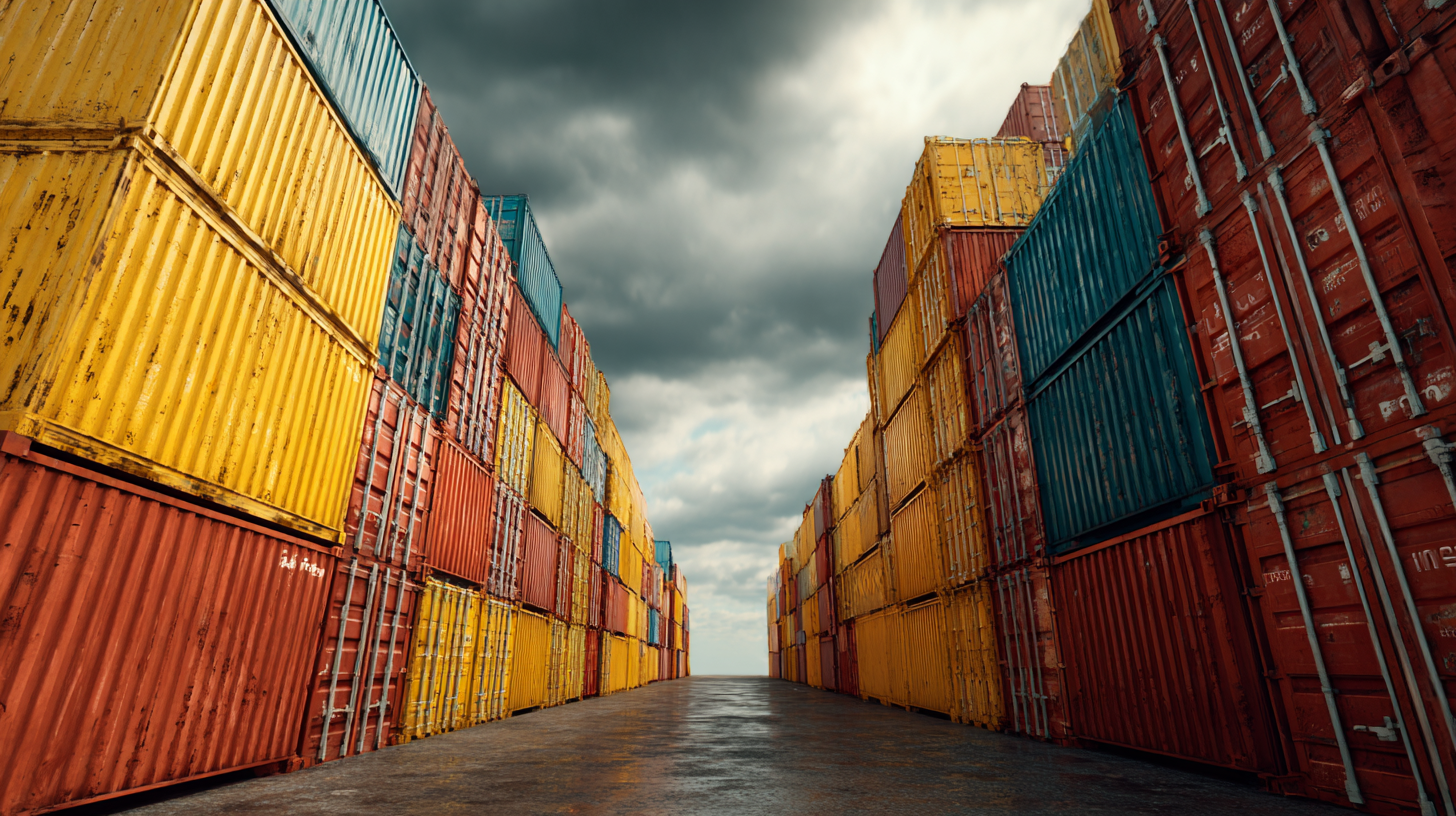
Environmental Impact and Sustainability of 40ft Container Logistics
The 40ft container is becoming increasingly essential in modern logistics solutions, not only for its capacity but also for its environmental benefits. As logistics companies shift towards sustainable practices, these containers offer a robust solution to minimize carbon footprints. The reusable nature of shipping containers means fewer resources are consumed compared to single-use packaging. Moreover, their efficiency in transportation reduces the overall energy required per unit of goods moved.
Tips: To maximize the sustainability of your logistics operations, consider implementing a system for reusing and refurbishing 40ft containers. This can involve working with suppliers who prioritize green practices or investing in technology that tracks and optimizes container use. Additionally, encouraging the transport of goods based on proximity can help mitigate unnecessary emissions.
The scalability of 40ft containers also supports a more sustainable supply chain model. They can be easily adapted to various cargo types, allowing for efficient multi-modal transport. This adaptability minimizes the need for multiple types of transport vehicles and reduces logistics-related emissions. By aligning container logistics with sustainable practices, businesses can achieve both economic and environmental objectives.
Case Studies: Successful Integration of 40ft Containers in Various Industries
In today's fast-paced logistics environment, the versatility of 40ft containers has proven essential across various industries. From agriculture to e-commerce, companies are creatively integrating these containers to enhance their supply chain efficiency. For instance, a global retailer utilized 40ft containers as mobile storage units during peak season, reducing the need for additional warehouse space. This not only streamlined their operations but also minimized costs significantly.
**Tips:** When considering the use of 40ft containers, it's crucial to assess your specific logistical needs. Implementing proper inventory management systems can optimize storage within these containers, leading to improved accessibility and reduced waste.
Another fascinating case study involves a food distribution company that converted 40ft containers into refrigerated mobile units. This innovative approach allowed them to maintain the integrity of perishable goods while reaching remote locations. The flexibility of using containers in such an adaptive manner demonstrates their potential to address unique logistical challenges.
**Tips:** To maximize the effectiveness of 40ft containers, ensure proper insulation and temperature control systems are in place, especially for transporting sensitive products. Regular maintenance checks can further enhance their longevity and reliability.
Exploring the Versatility of 40ft Containers in Modern Logistics Solutions
This chart illustrates the various applications of 40ft containers across different industries, showcasing their adaptability in logistics operations.
Related Posts
-

Unlocking Savings: The Ultimate Guide to Discount Shipping Containers for Your Next Project
-
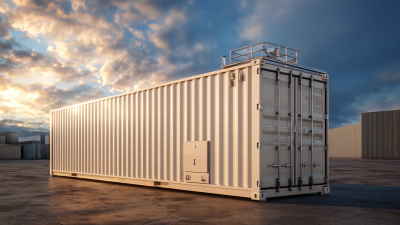
Exploring the Benefits of 40 Ft Shipping Containers for Sustainable Storage Solutions
-
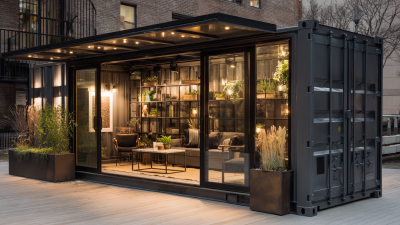
Maximizing Space: Innovative Uses for Your 20 ft Shipping Container You Haven't Considered
-
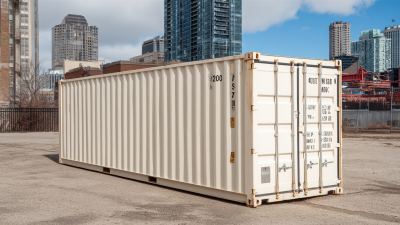
Maximize Your Space with a 20 ft Storage Container for Home and Business Solutions
-
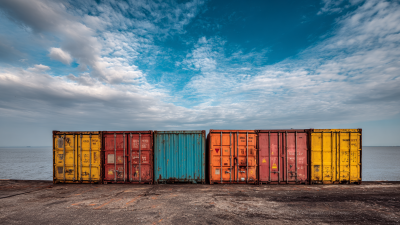
Understanding the Dimensions of Standard Shipping Containers for Your Next Project


